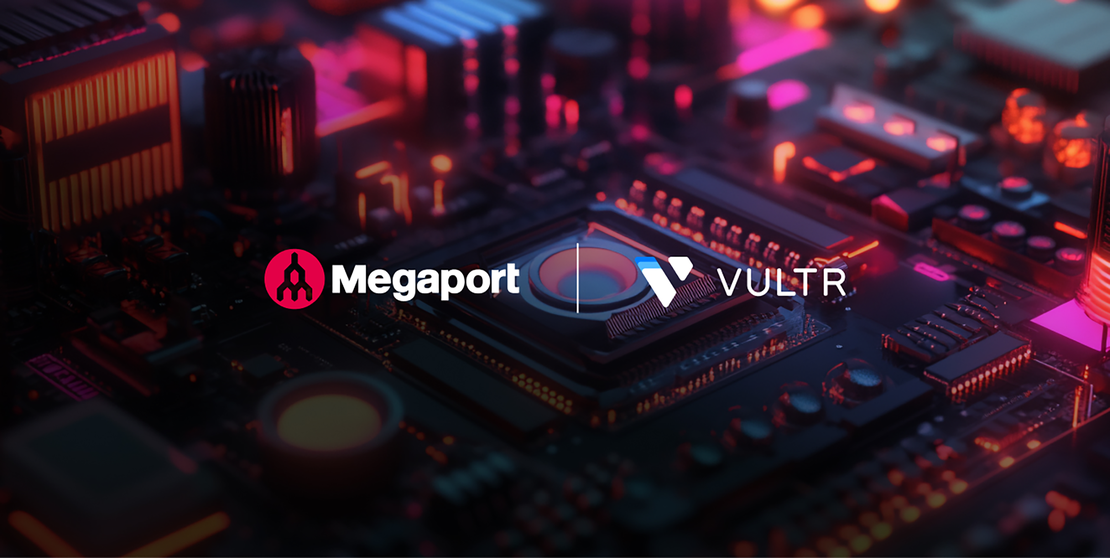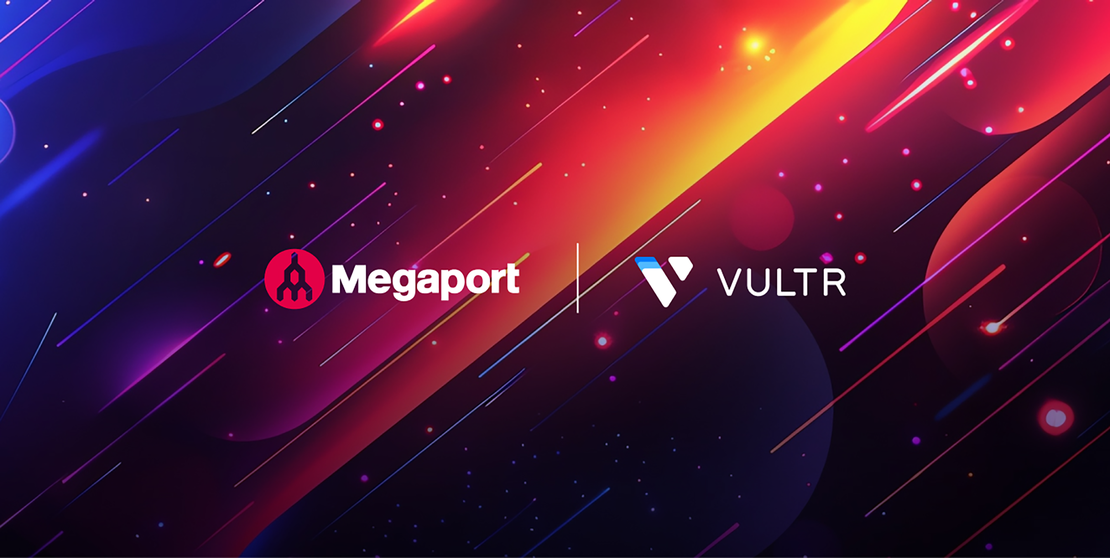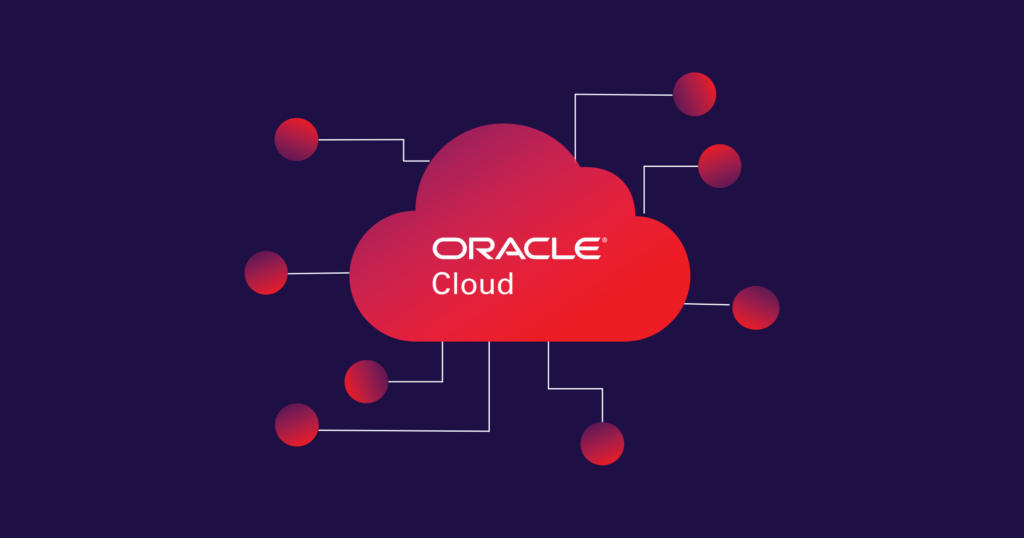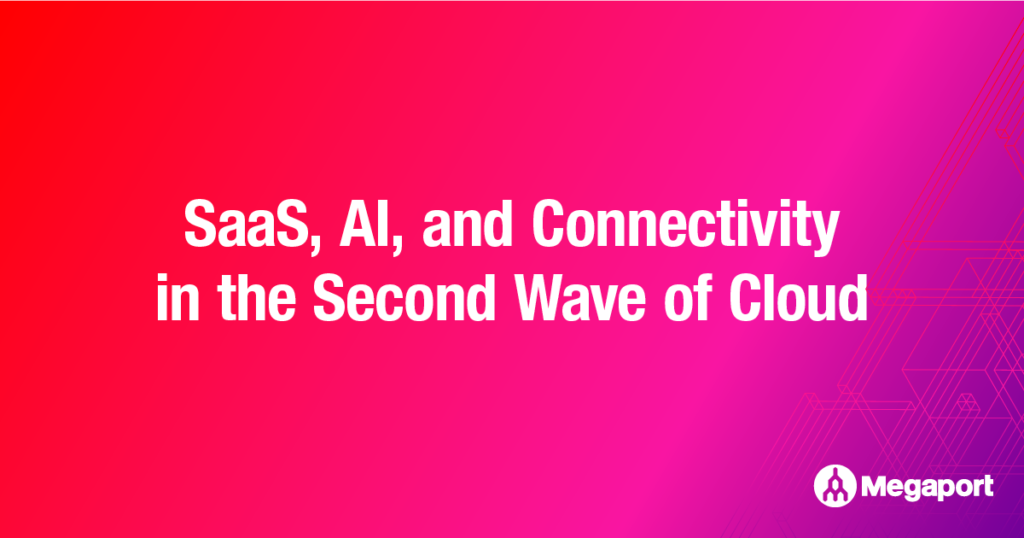AI

Introducing 400G Ports
Discover why 400G is growing in popularity across industries, and how you can deploy it with Megaport.
Read More
How to Build Resilient Networks for AI Production Workloads
Production AI needs a network that can keep up. Learn why private, scalable connectivity is the key in our webinar recap with Vultr.
Read More
Building Production-Ready AI Infrastructure: How Megaport and Vultr Are Solving the Enterprise Challenge
By bridging traditional enterprise environments with modern GPU resources, we’re helping organizations build AI infrastructure that’s truly ready for production workloads.
Read More
How to Deploy Amazon Bedrock Using AWS Direct Connect and Megaport
Discover how you can use Megaport to access Amazon Bedrock via AWS Direct Connect for secure AI connections.
Read More
A Look Back at 2024: Megaport’s Biggest Updates
From expanding our global footprint to launching exciting new solutions, it’s been a year of growth, innovation, and connection.
Read More
Your 2025 Predictions From AWS re:Invent 2024
From simplifying AI integration and automation to network virtualization and cybersecurity, re:Invent 2024 left us with plenty to think about going into 2025.
Read More
Introducing Megaport AI Exchange
Supercharge your AI innovation with secure, scalable, and high-performance connectivity for your AI workloads.
Read More
Easy Ways to Interconnect Your Network
In 2024, an interconnected network is a must-have. Here’s how to get one and supercharge your business operations.
Read More
Top 10 How-To Guides To Improve Your Network
Tech providers often provide valuable resources to help you optimize your network. Here are ten of our recent favorites.
Read More
Comparing Generative AI Offerings From Major Cloud Providers
Avoid AI overwhelm and weigh up your options easily with our roundup of the top generative AI offerings from AWS, Azure, and Google Cloud.
Read More
How Generative AI is Changing the Way We Harness Our Data
In today’s ever-evolving digital landscape, data is the new gold. And with the advent of generative AI in cloud services, businesses have a unique chance to transform their data in powerful new ways.
Read More
A Guide to Artificial Intelligence and Machine Learning with Oracle Cloud
Learn how to leverage Oracle’s extensive features to improve your enterprise network from the inside out, making it easier to innovate than ever before.
Read More
SaaS, AI, and Connectivity in the Second Wave of Cloud
Unlock the next wave of cloud innovation with direct connectivity to SaaS and AI-powered applications. Megaport and Digital Realty simplify cloud consumption with secure, low-latency connections to leading SaaS providers, enabling businesses to scale hybrid and multi-cloud strategies. Future-proof your infrastructure with optimized data centers and Connected Campus solutions for AI and next-gen workloads.
Read MoreTags
- AI
- API
- Aruba
- Automation
- Aviatrix
- AWS
- AWS Direct Connect
- AWS Direct Connect Gateway
- AWS Outposts
- AWS PrivateLink
- AWS Transit Gateway
- AWS Virtual Private Gateway
- Azure ExpressRoute
- BGP Routing
- Careers
- Case Study
- Cisco
- Cisco Cloud Interconnect
- Cloud Cost Management
- Cloud Data
- Cloud Storage
- Data Center
- Developer
- FWaaS
- Google Cloud Platform
- Guide
- Hybrid Cloud
- IaaS
- IBM Cloud
- Latency
- Megaport Cloud Router
- Megaport Internet Exchange
- Megaport Portal
- Megaport Virtual Edge
- Microsoft Azure
- MPLS
- MPLS Network
- Multicloud Connectivity
- NaaS
- Oracle FastConnect
- PaaS
- Palo Alto Networks
- Peering
- SaaS
- SASE
- SD-WAN
- Security
- Sustainability
- Terraform
- Virtual Connectivity Hub
- VMware
- VVx
- VXC
- Wasabi
- Webex
- Webinar
- ZTNA


